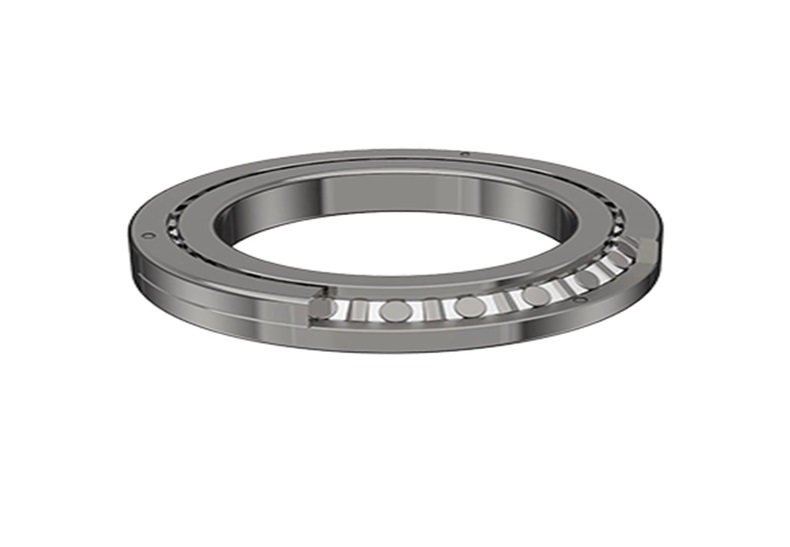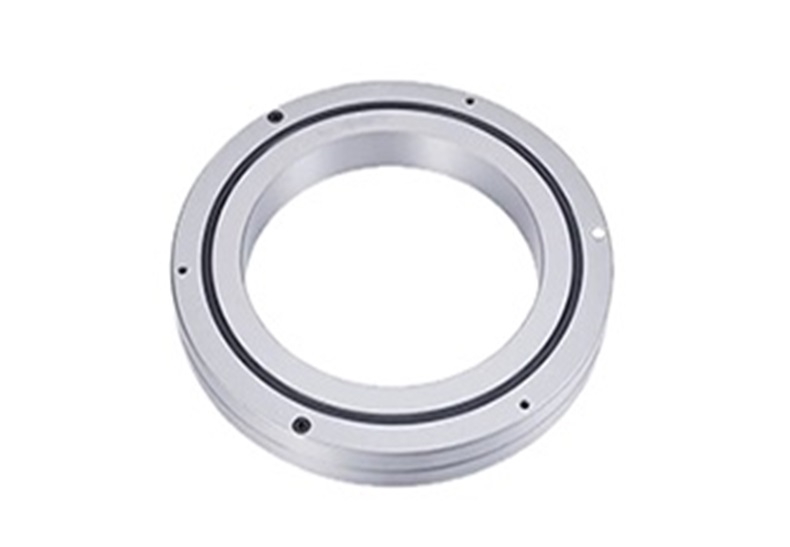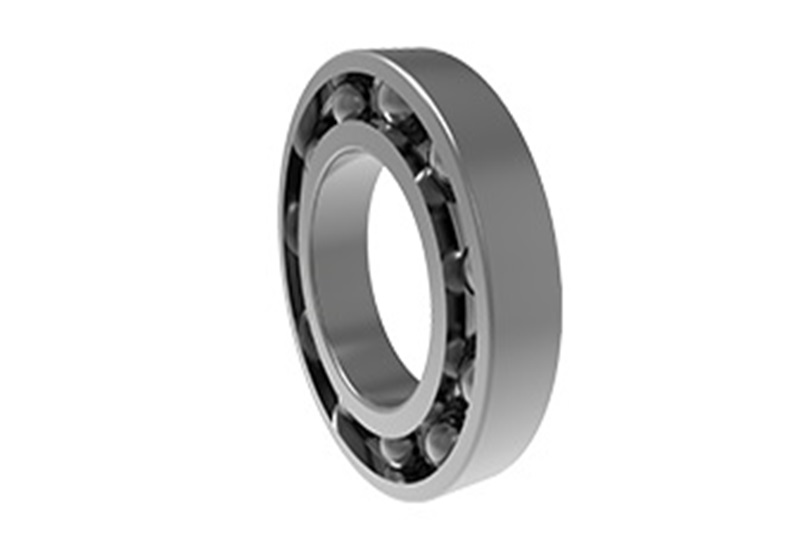How to Properly Install Split Spherical Roller Bearings
For spherical roller bearings, the inevitable processes during use are installation and removal. Since there is installation, there will be a process of splitting. How should the roller bearings be correctly installed after splitting? First, let's understand split spherical roller bearings, which are commonly used in ventilation equipment, ships, and paper making fields. Therefore, the installation of split bearings is particularly important.
Installation of Split Spherical Roller Bearings
For split bearing housings, additional machining is not required as long as the internal dimensions match, making them suitable for various bearing housings. Generally, non-split bearings are replaced, so it is important to know the outer diameter, outer ring, and diameter of the bearing housing beforehand. If they are the same, they can be used with all bearing housings; otherwise, they cannot be replaced. To quickly install the bearings into the SNV bearing housing, be sure to check beforehand to improve installation efficiency.
Split spherical roller bearings are generally suitable for normal applications. For special occasions, choose spherical roller bearings with separating, split locking rings. The main reason replacement is easy is that the split and non-split bearings have the same space. Another type comes with an integrated locking ring, containing glass fiber that can reinforce split solid cages made of brass and polyamide, and its internal design is exactly the same as E1's design.
Characteristics of Split Spherical Roller Bearings
Regarding bearing design characteristics: Most locking rings are integrated into the inner ring. Due to the glass fiber reinforcement, these bearings are better suited for high temperatures. Split spherical roller bearings and non-split bearings both maintain normal tolerances and internal clearances. Although the internal design of split bearings is exactly the same as E1's design, they can be distinguished by the presence of rigid central ribs on larger bearing inner rings.
Based on the above-mentioned installation matters and characteristics of split spherical roller bearings, here are the specific installation steps:
First, remove the bearing housing cover by bearing the rotor weight.
Then, disassemble the non-split bearing with an adapter sleeve.
Use screws to tighten the bearing housing and two inner rings, then install the remaining components on the upper outer ring. Lower the shaft slightly to accommodate the load-bearing capacity of the spherical roller bearings.
After completing the steps above, finally install the bearing on the upper part.














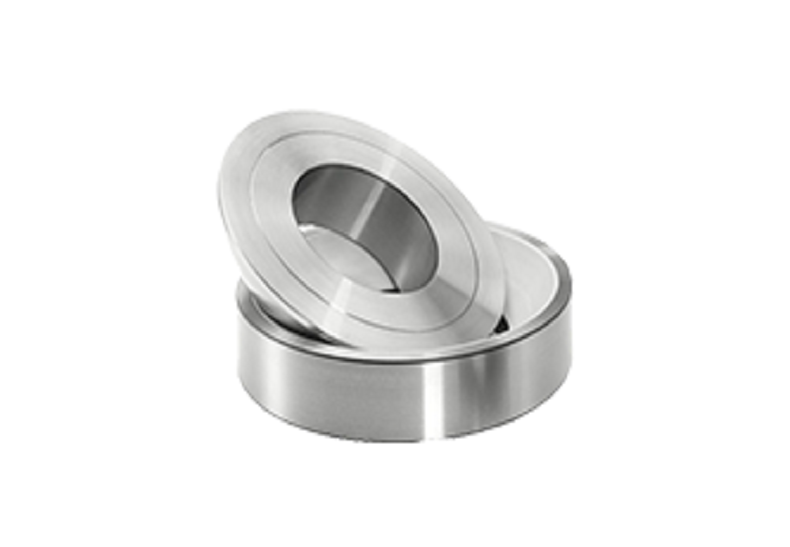
 English
English  français
français  Deutsch
Deutsch  italiano
italiano 


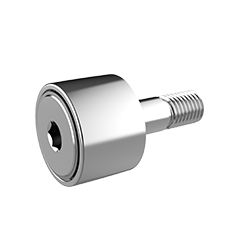
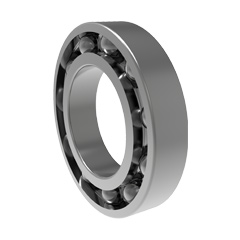
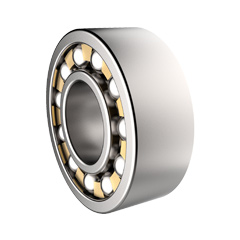
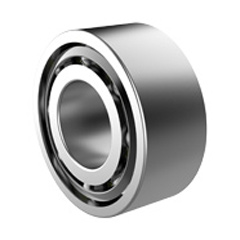
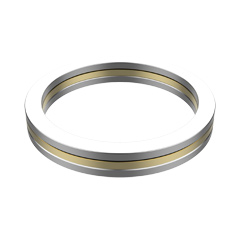
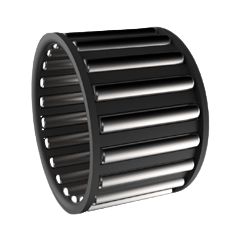
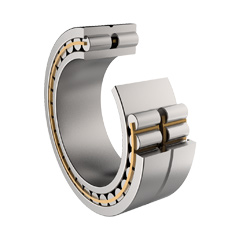
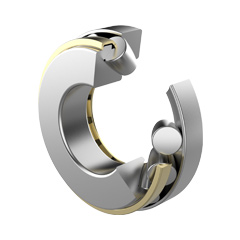
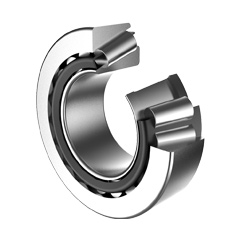
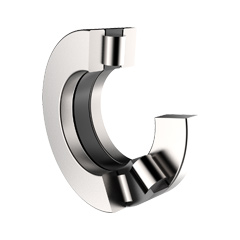
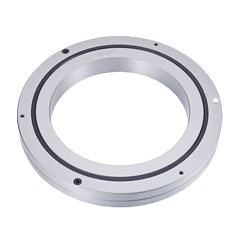
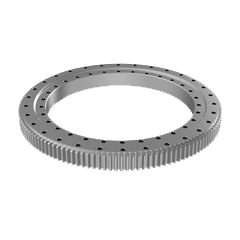
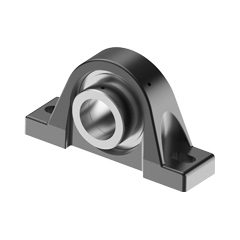
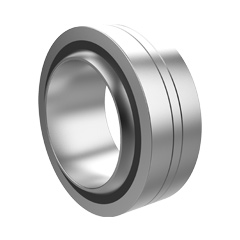

 English
English  français
français  Deutsch
Deutsch  italiano
italiano 

